Baseball History Comes Alive Now Ranked #2 by Feedspot Among All Internet Baseball History Websites and Blogs!
Guest Submissions from Our Readers Always Welcome!
Visit the Baseball History Comes Alive Home Page
Scroll Down to Read Today’s Essay
Subscribe to Baseball History Comes Alive for automatic updates
As a Free Bonus, you’ll get access to my Special Report:
Gary’s Handy Dandy World Series Reference Guide!
Jeff Torborg Photo Gallery
Vince Jankoski returns today with a nice tribute to Jeff Toborg, who passed away this past week. As usual, Vince has done his homework, uncovering aspects of Jeff’s career you may not be aware of. As I like to say, whenever you look past the surface of a major leaguer, you’ll always find something of interest, and today is no exception. I think you’ll enjoy what Vince reveals about the career of Jeff Torborg (November 26, 1941-January 19, 2025)
Jeff Torborg, RIP
“I’ve always enjoyed the thinking side, the mechanical side of the game. I’ve always gotten a thrill from doing something that doesn’t show up in the box score… -Jeff Torborg
Every team needs a backup catcher, someone to catch the second game of a doubleheader or a day game after a night game or whenever the regular catcher needs a day off. The backup catcher is not expected to produce much offensively – he is usually placed low in the batting order – but he is expected to perform at least adequately on defense. Indeed, the backup catcher often doubles as a defensive replacement in late innings.
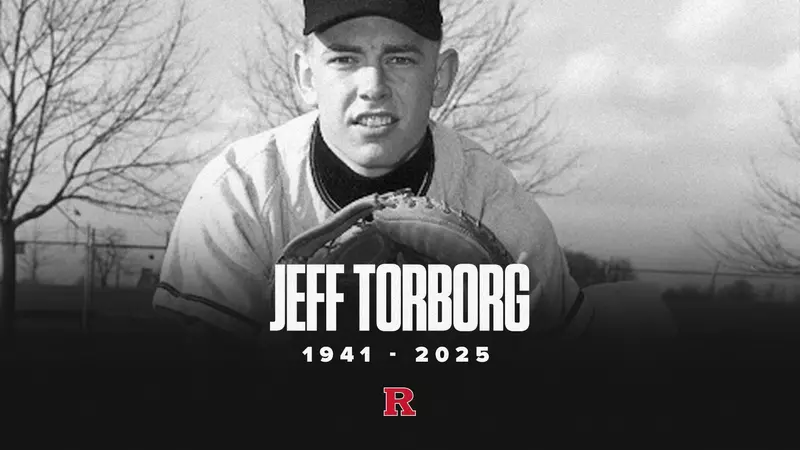
Jeff Torborg, who passed away January 19 at age 83, was the epitome of a backup catcher. A career .214 hitter, he struck but eight home runs in his twelve major league seasons. His top RBI total for a season was 18 reached in his final year of 1973, the only year in which he appeared in more than 100 games. His career on-base percentage and slugging average were .268 and .265, respectively.
He sufficed on defense. He had a career fielding percentage of .990 with yearly bests of .996 and .998 in 1969 and 1972, respectively. Twice, in 1967 and 1968, he threw out at least half the baserunners who attempted to steal on him. Good but not particularly great. Passable for a backup catcher.
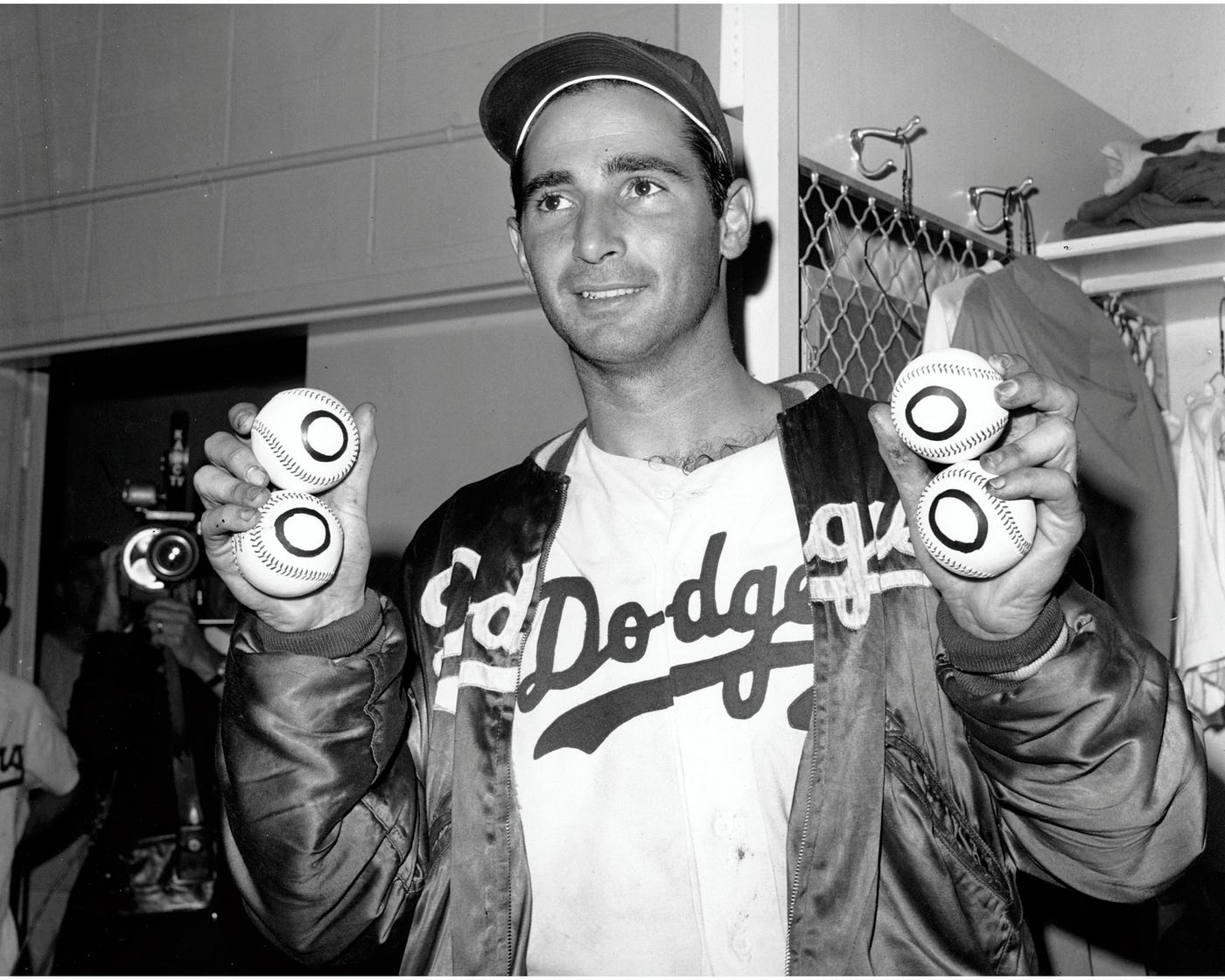
Where Torborg is most remembered is that, notwithstanding his limited playing time, he caught three no-hitters: Sandy Koufax’s perfect game in 1965, and no-nos by Bill Singer in 1970, and Nolan Ryan’s first in 1973, despite only starting 449 games at catcher during his career. This averages out to a no-hitter every 150 starts or approximately one a season.
To appreciate that figure, consider that two players have caught four no-hitters: Carlos Ruiz and Jason Varitek. Ruiz started 990 games behind the plate; Varitek started 1,372. Ruiz averaged one no-hitter every 247.5 starts; Varitek had a no-hitter every 343 starts. Hall of Famers Yogi Berra and Roy Campanella each caught three no-hitters, averaging a no-hitter every 547 and 420 starts, respectively. Hall of Famer Ray Schalk is currently credited with catching three no-hitters – a fourth no-hitter was removed from his record in 1991. Considering only the three no-hitters currently credited to him, he averaged catching a no-hitter every 552 starts. Granting him a fourth no-hitter would drop his average to a no-hitter every 414 starts. Others who have caught three no-hitters post-1900 include: Del Crandall (a no-hitter every 420 starts), Martin Maldonado (344), Wilson Ramos (297), Buster Posey (421), Charles Johnson (369), Alan Ashby (397), Jim Hegan (476), Luke Sewell (492), Val Picinich (268), and Bill Carrigan (193). None can match Torborg’s rate of no-hitters.
Three no-hitters for a career part-time player is an astounding accomplishment. There is no apparent explanation for this. Maybe the pitchers who threw those no-hitters would know the reason.
After his playing days were over, Torborg managed the Indians, White Sox, Mets, Expos, and Marlins for all or parts of eleven seasons. He had some success in Chicago, but his teams finished mostly below .500. Apparently, he was a fairly mild-mannered skipper, having been ejected only 11 times in 1,352 games as manager, a rate of one ejection per 123 games. By contrast, Earl Weaver was thrown out of 96 ball games or once every 26.5 contests, basically once a month.
Every eulogy emphasizes the highlights, personal and professional, of the deceased’s life. In the case of Jeff Torborg, his professional highlight was the exceedingly high number of no-hitters during which he was behind the plate. So, Jeff Torborg should be remembered as the man who knew how to coax a no-hitter out of his pitcher and who endured with patience the tribulations of managing a second-division ball club. It was a career worth noting.
Jeff Torborg died in Westfield, New Jersey on January 19, 2025, at the age of 83. May he rest in peace.
Vince Jankoski
We’d love to hear what you think about this or any other related baseball history topic. Please leave comments below.
Information: Opening quote from Dick Miller, “Torborg Jumps Off Bench, Earns No. 1 Angel Mitt Job,” The Sporting News, July 14, 1973: 16, Quote found in Jeff Torborg SABR biography by Joe Wancho
Subscribe to Baseball History Comes Alive to receive email updates. FREE BONUS for subscribing: Gary’s Handy Dandy World Series Reference Guide. : https://wp.me/P7a04E-2he
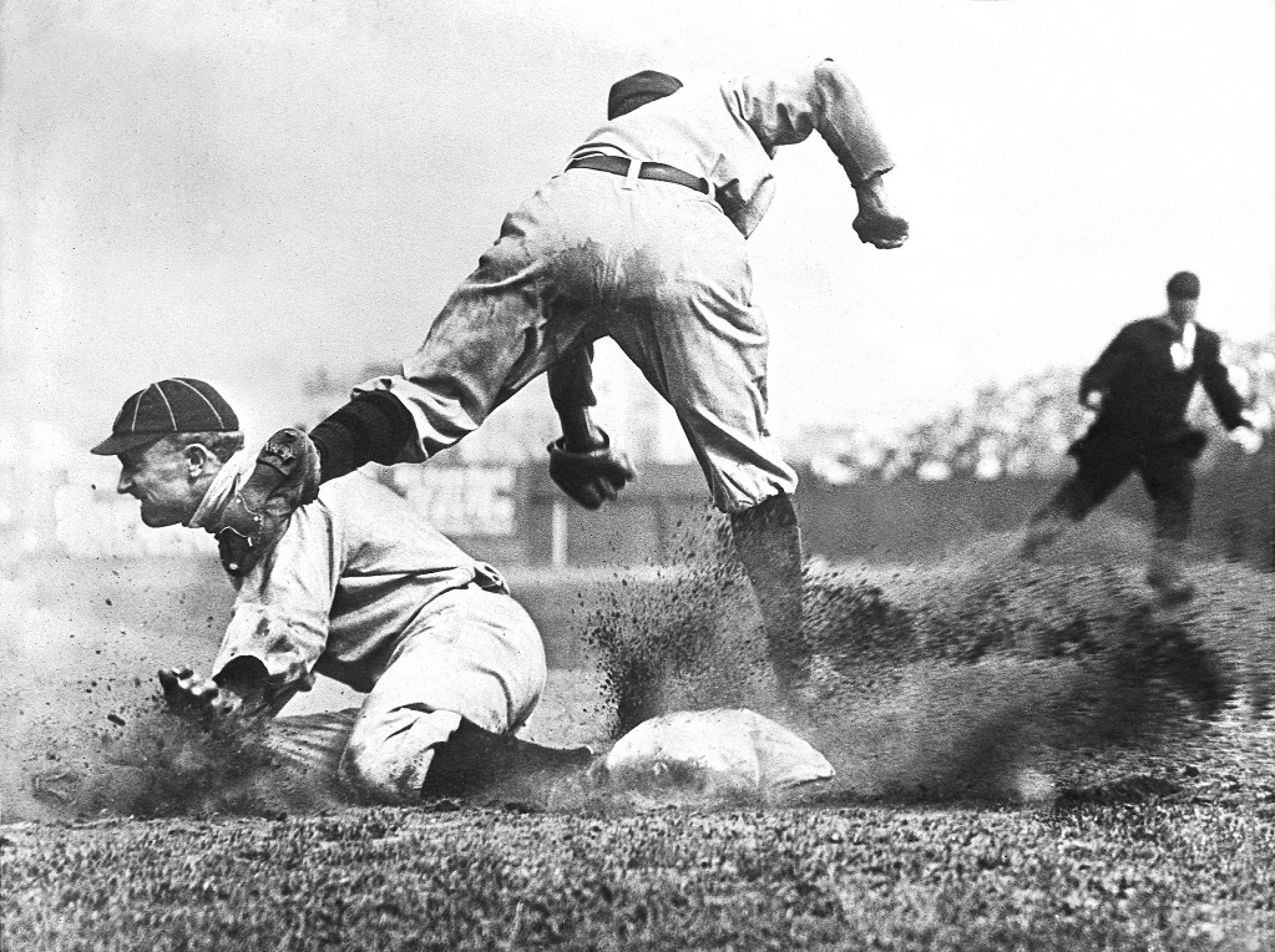
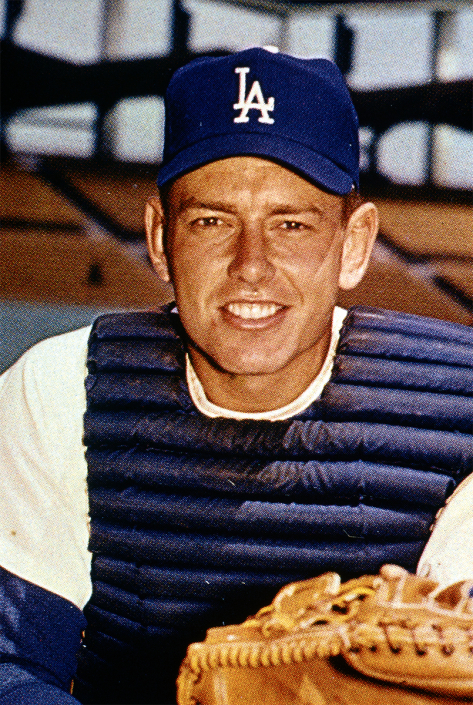
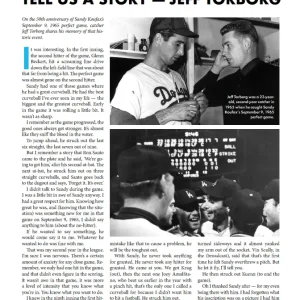
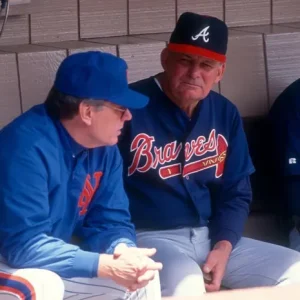
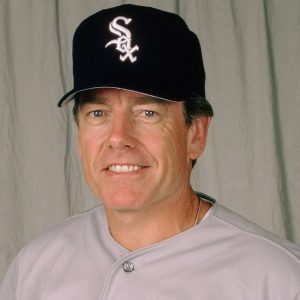
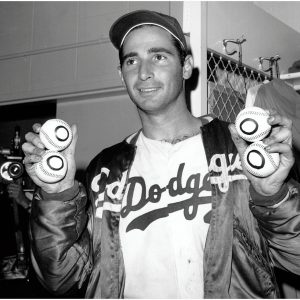
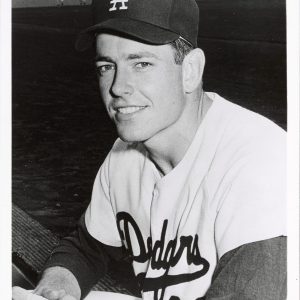
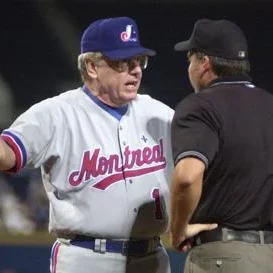
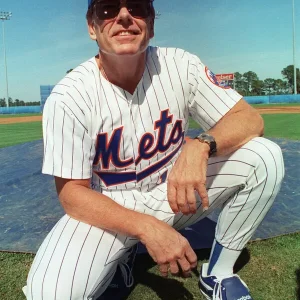
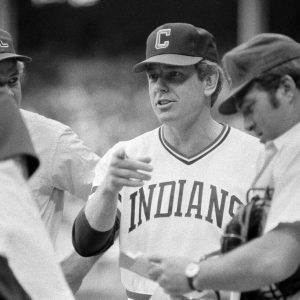
A very nice tribute by Vince. Jeff Torborg is a Jersey guy and were all proud of him.
RIP